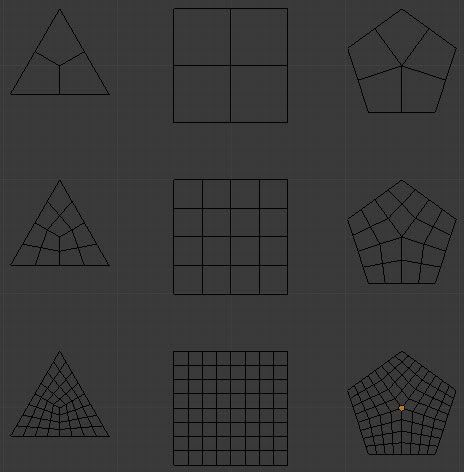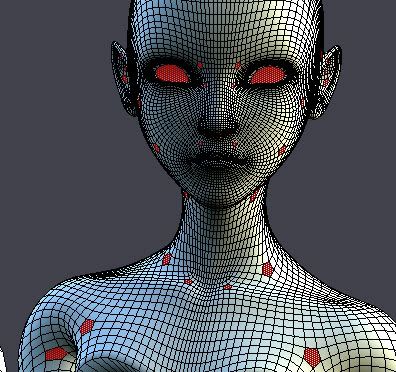First a little about myself. Like most here I’m a 3D hobbyist and enjoy being just that, not that I would mind working in the industry. I’ve been modeling for over a decade and why I’m interested in all aspects of 3D my main focus over the years has been the modeling.
Over the years I’ve read hundreds of tutorials, threads and watched instructional and time-lapse movies all in the hopes of becoming a better modeler. (practice is still the major key to getting faster and better) During that time I noticed a repeating pattern of showing how that instructor or individual models, but rarely the why behind it. So I’m going to try and explain a bit of it.
I hope to make this a series and will create a post for sticky if the interest is there.
Keep it all quads. You’ll hear this one a lot, but why?
Well to be honest it’s more of a learning thing, saying do it this way till you have a grasp of when and where to use other things. It’s a good practice and helps keep your geometry clean and more predictable.
Tris cause pinching. This is true and is due in large that the tri is 1/2 the size of the neighboring quads and divides into 3 quads so at least 50% more geometry for the space. This isn’t always a bad thing, and tris can make life so much easier when you learn where it’s ok to use them.
5-sided polygons. I’ve read posts ranging from absolutely do not use them to hide them in corners and under the hair. They really do get a bad wrap. Part of the reason is texture distortion (Creating UVs distorts the texture as well (just saying)), this is in large part due to the use. The other reason is they create poles with 5 edges which can create problems when animating. Even with their drawbacks they tend to work much better for changes in mesh density than tris.
Studying the wire-frames of professional artists we’ll see that main of them use tris, 5-sided, or both. They are able to do this efficiently and effectively through experience and I’m sure some trial and error.
The main things an artist should have a solid grasp of before using either of these is how model with quads. The reason being that it will help teach where one or both of these are really needed, and where a quad works fine. In the meantime try using them to build light weight control cages that will be subdivided for the final control mesh. I do this for my sculpt mesh, it’s quick and I end up with the same geometry I normally would in less than 1/2 the time.
Pre B-Mesh integration, try Wings3D or VoidWorld if your not using one of these already.








